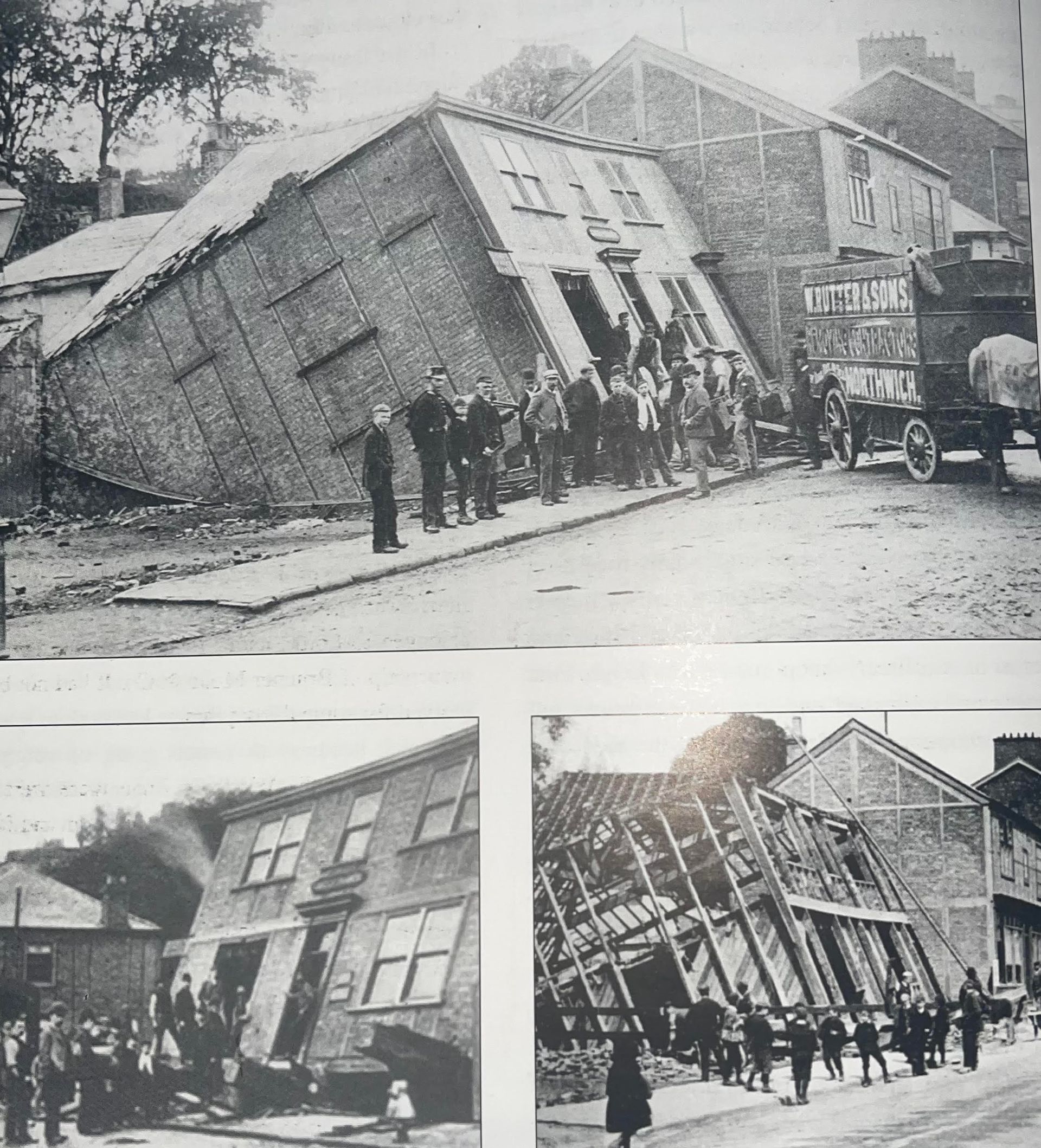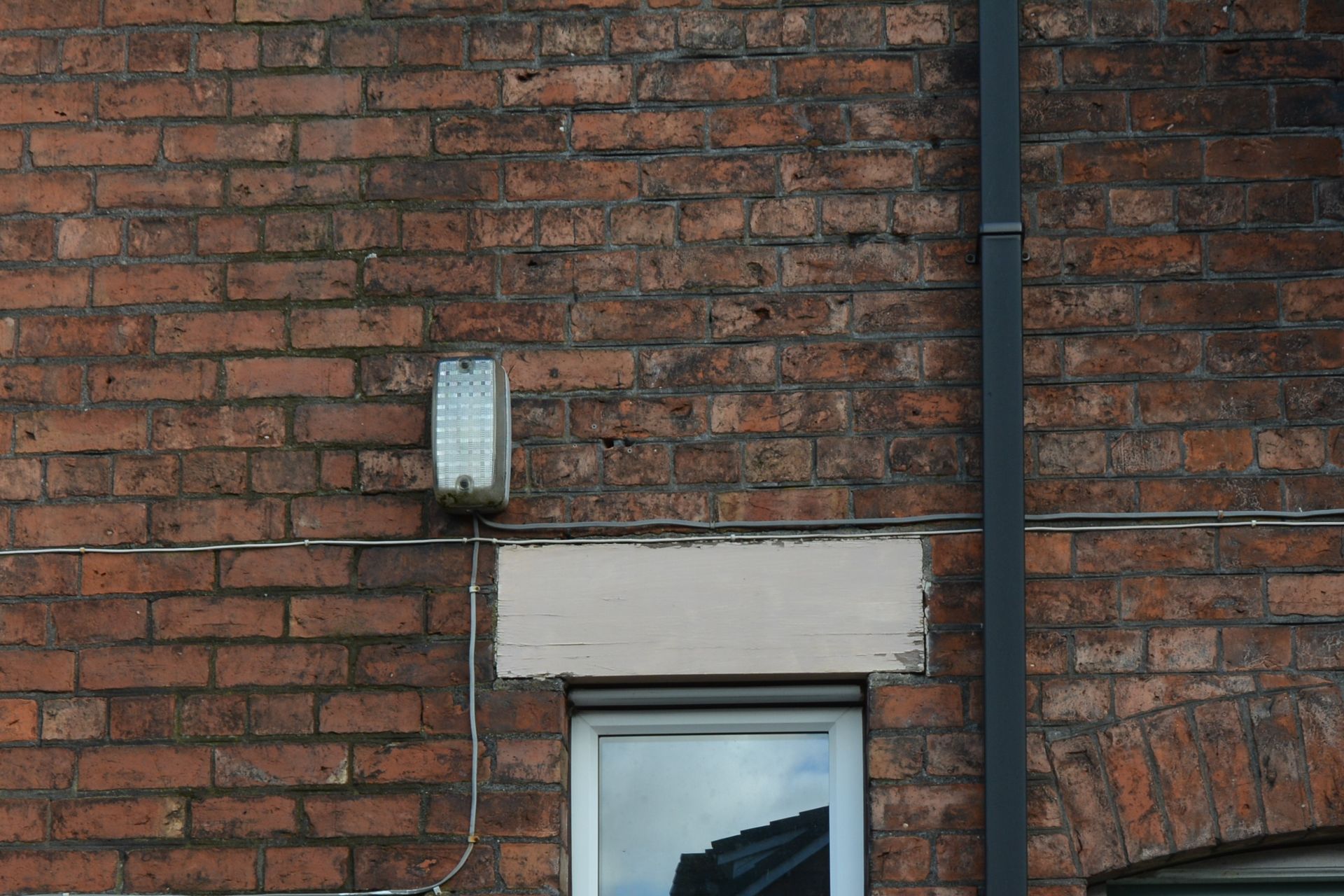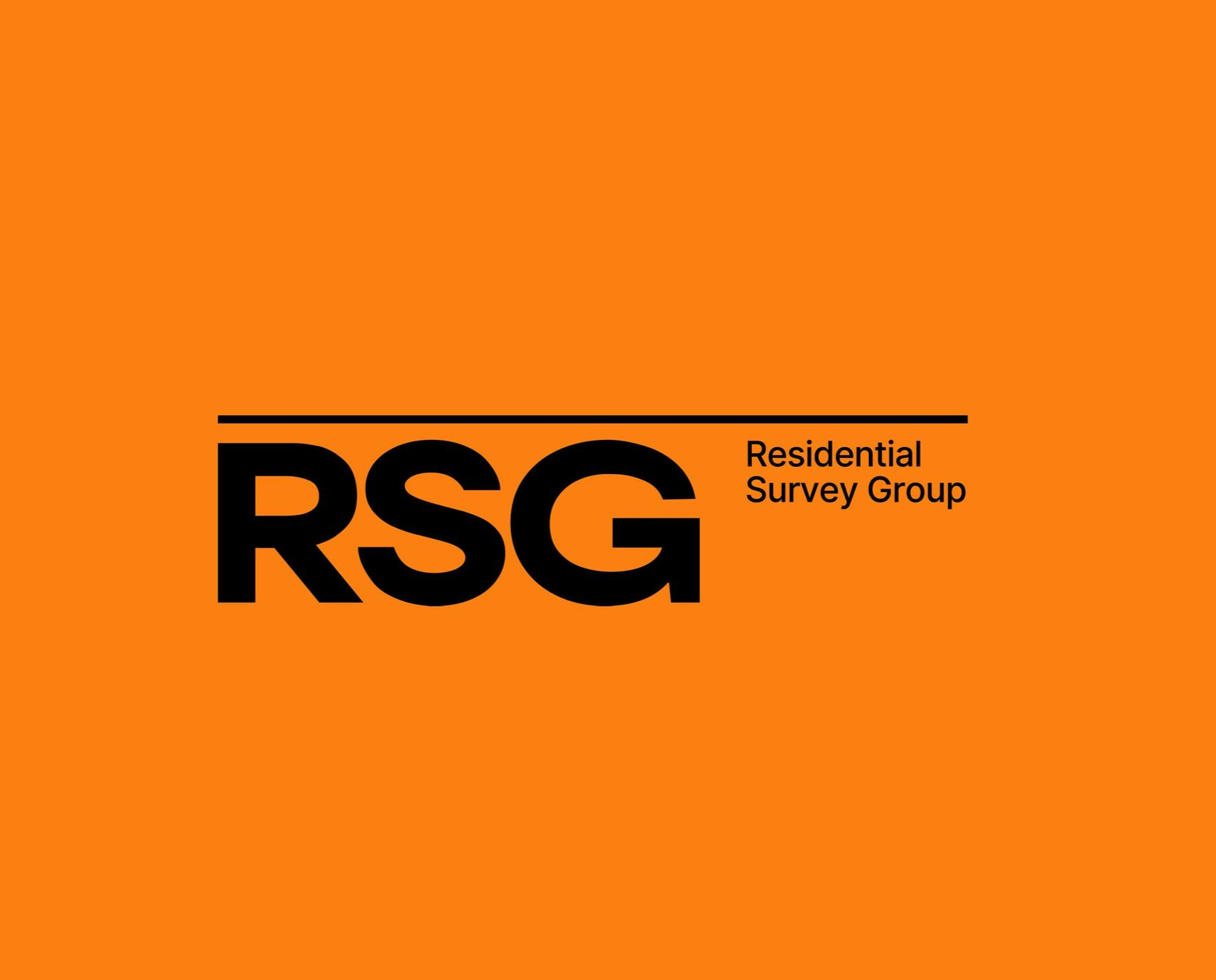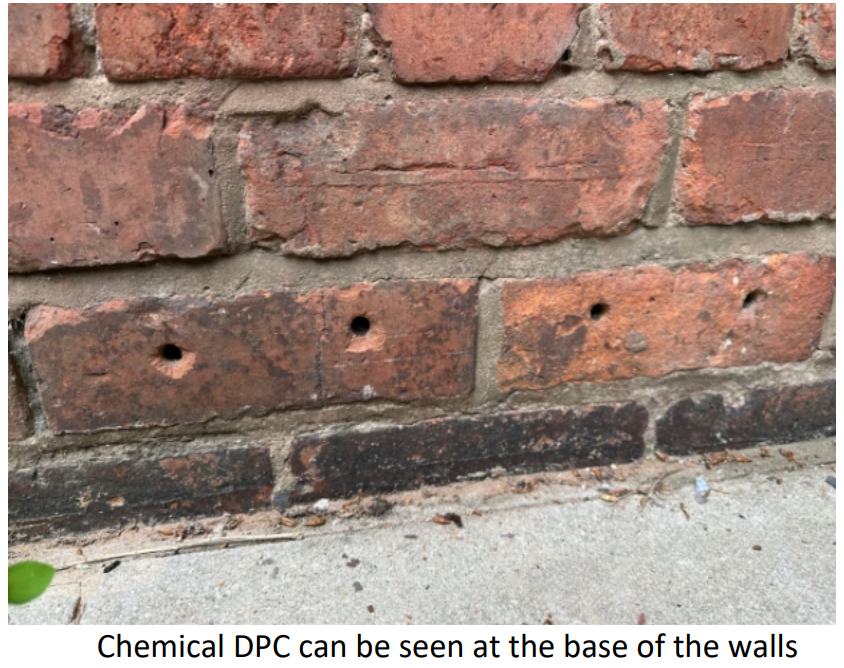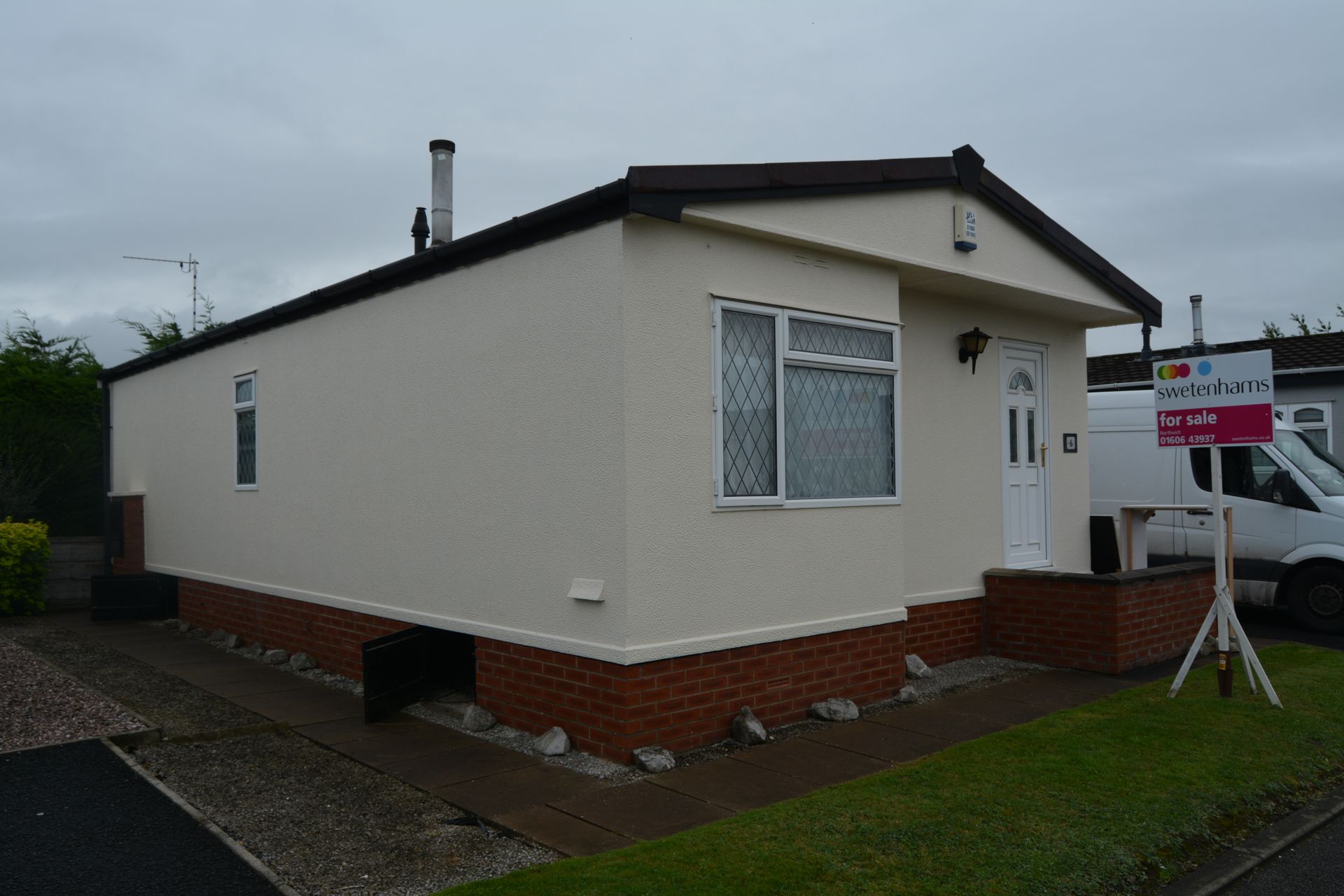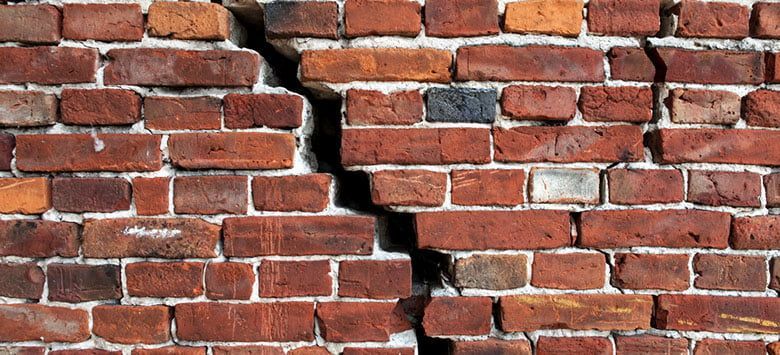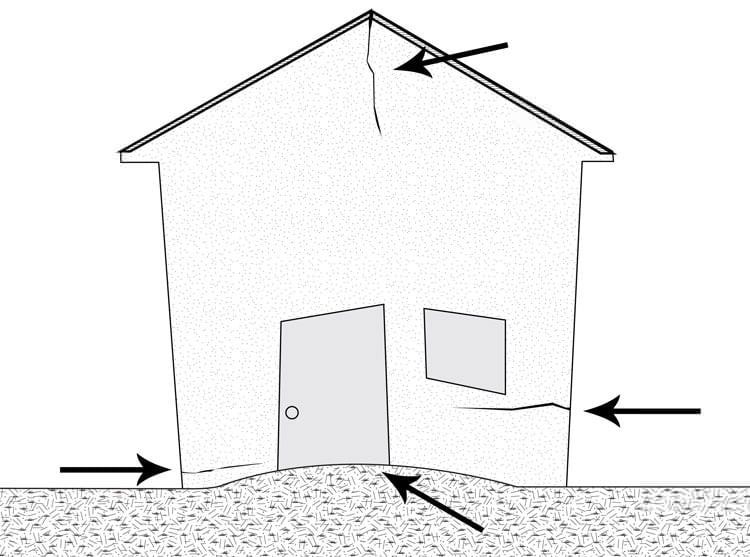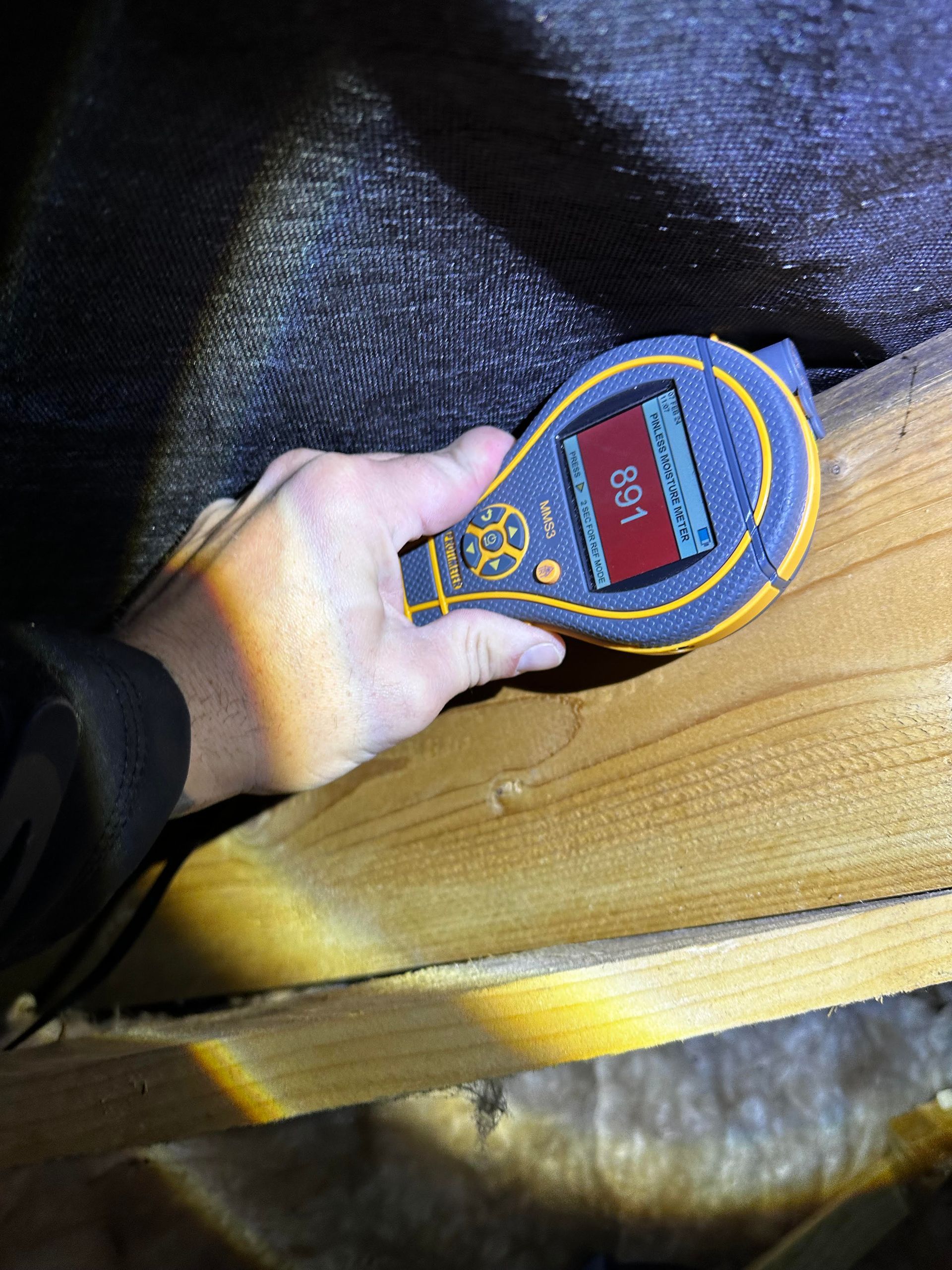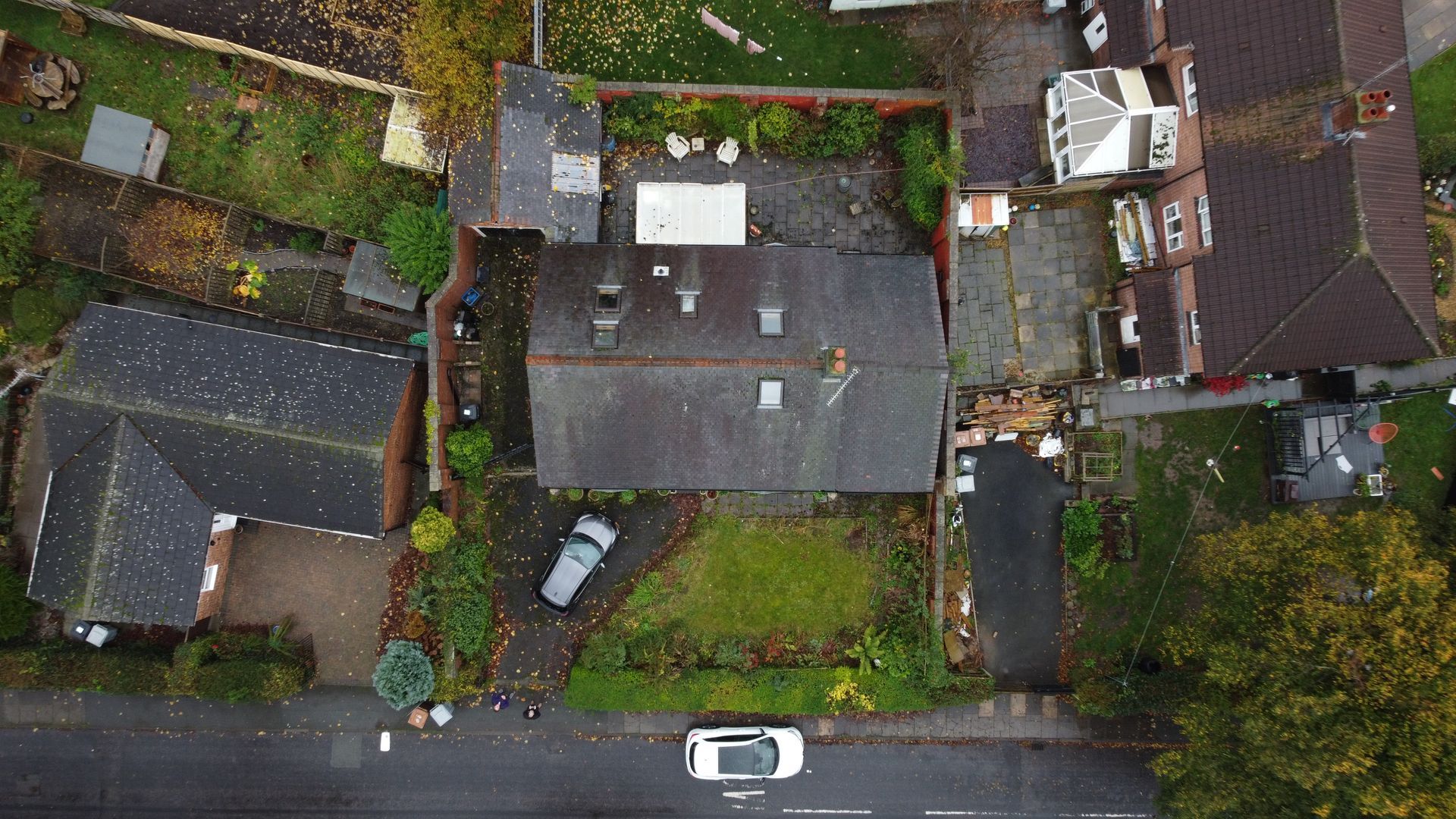Preserving the Past: The Challenges of Modern Materials in Traditional Homes
New Title
As a surveyor, I have the privilege of stepping into homes with histories that stretch back over centuries. This week, our journey took us to a charming property in Northwich, built in late 1880. However, the beauty and history of this home have been overshadowed by a recurring issue all too familiar in our inspections: persistent dampness, despite modern interventions.
Over the years, this particular property had undergone various alterations. Floors that once featured beautiful tiles are now hidden under concrete. Sub floor ventilation has been modified, and the original lime-based plasters, known for their breathability, have been replaced with modern, impermeable alternatives. In attempts to seal away dampness, tanking slurry applications have been used, yet the problem persists.
The homeowner, like many others, has spent a significant amount of money trying to rectify these dampness issues, to no avail. This scenario is not unique; it's a common narrative in our inspections of traditional properties where original materials are replaced with modern equivalents. These modern solutions, such as concrete floors and gypsum-based plasters, do not breathe. Almost every house we've inspected, with one exception, has been repointed with modern gypsum mortar. This material is non-permeable, inadvertently trapping moisture within the walls and causing internal dampness issues.
This widespread problem raises a critical question: What can we do to enact change in the industry? The answer, I believe, lies in our roots. We need to embrace the original traditional materials that allowed these structures to stand the test of time. Our beautiful period properties deserve to be restored to their former glory, preserving their aesthetic and historical value. More than just preserving history, using traditional materials is about respecting the architectural integrity and environmental needs of these buildings.
The challenge we face is not insignificant. The issue of modern materials causing dampness in traditional properties is widespread and, as it stands, out of control. However, recognising the problem is the first step towards solving it. As industry professionals, we have a duty to protect these amazing properties. It's time to revisit our approach to restoration and repair, prioritising materials and techniques that are in harmony with the original construction of these buildings.
We need to advocate for change, not only within our own practices but across the industry. This includes educating property owners about the benefits of traditional materials and the long-term risks associated with modern alternatives. It's about building a community of surveyors, architects, builders, and homeowners who value preservation over quick fixes.
Our heritage properties are treasures, encapsulating the craftsmanship and architectural wisdom of the past. Let's commit to protecting them for future generations to appreciate. The path forward is clear: it's time to return to our roots, using traditional materials to restore and preserve the beauty and integrity of our period properties.
Rant over!
Preserving the past while navigating the challenges of the present is no easy feat, but it's a journey worth taking. Together, we can make a difference, one property at a time.

Home Surveys in Northwich, Middlewich & Winsford – What You Need to Know (and What They Should Cost)
